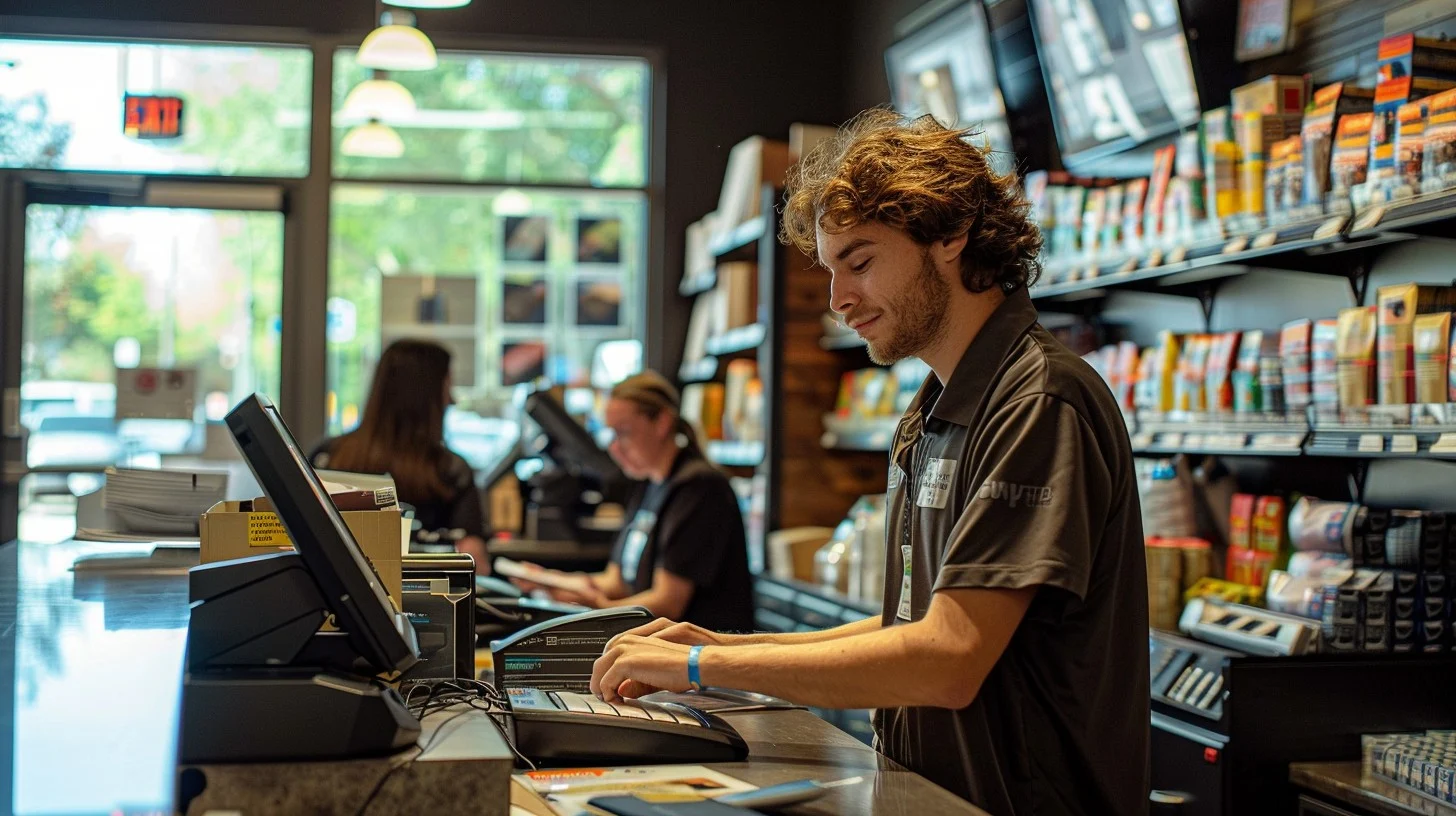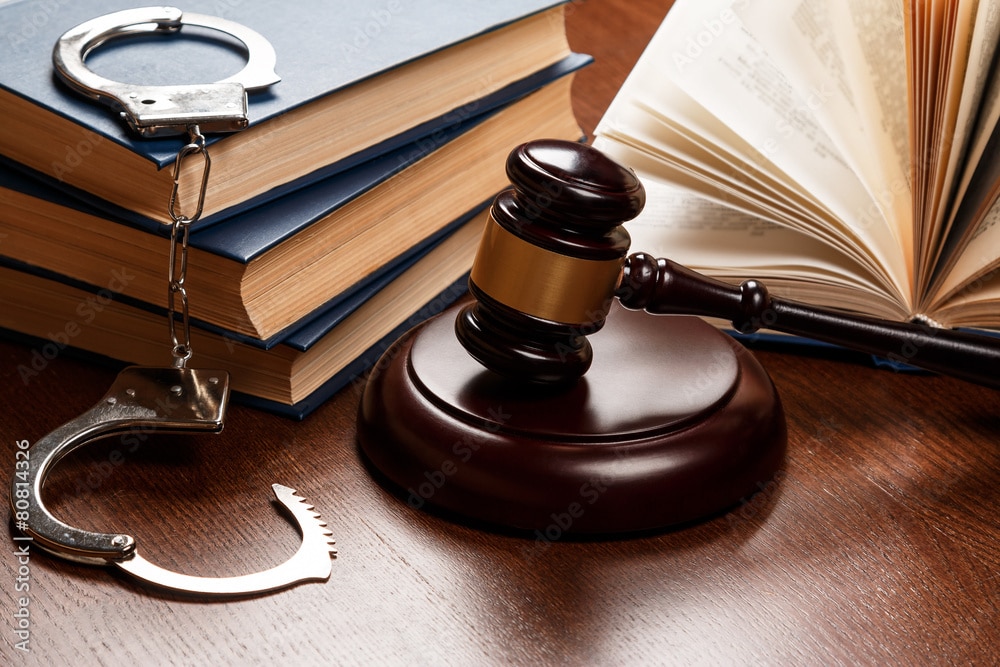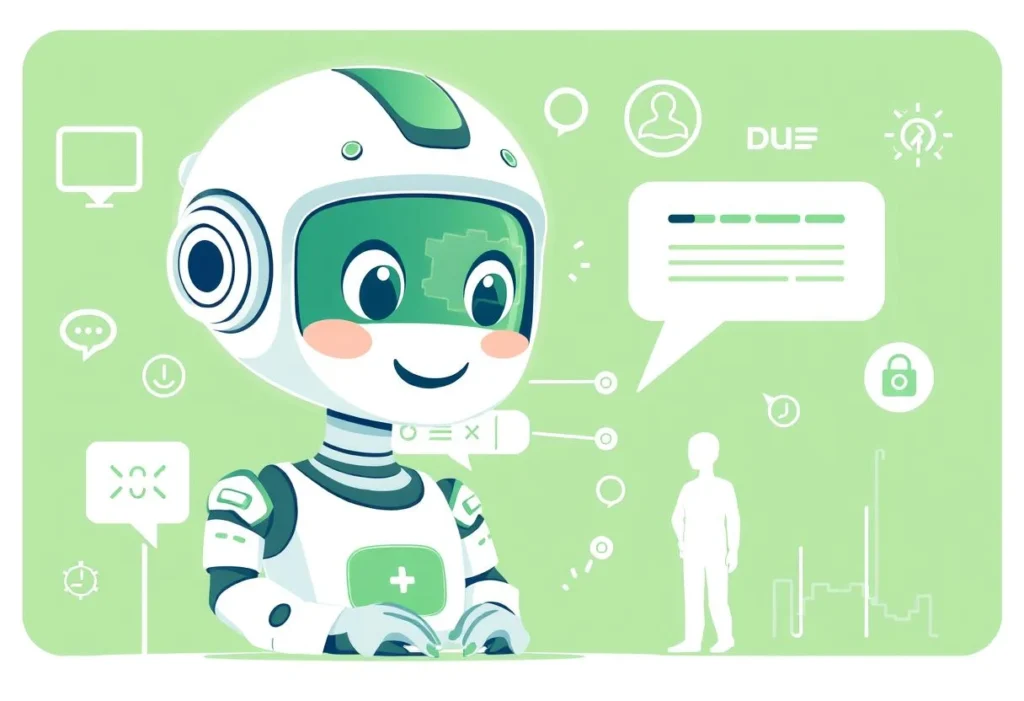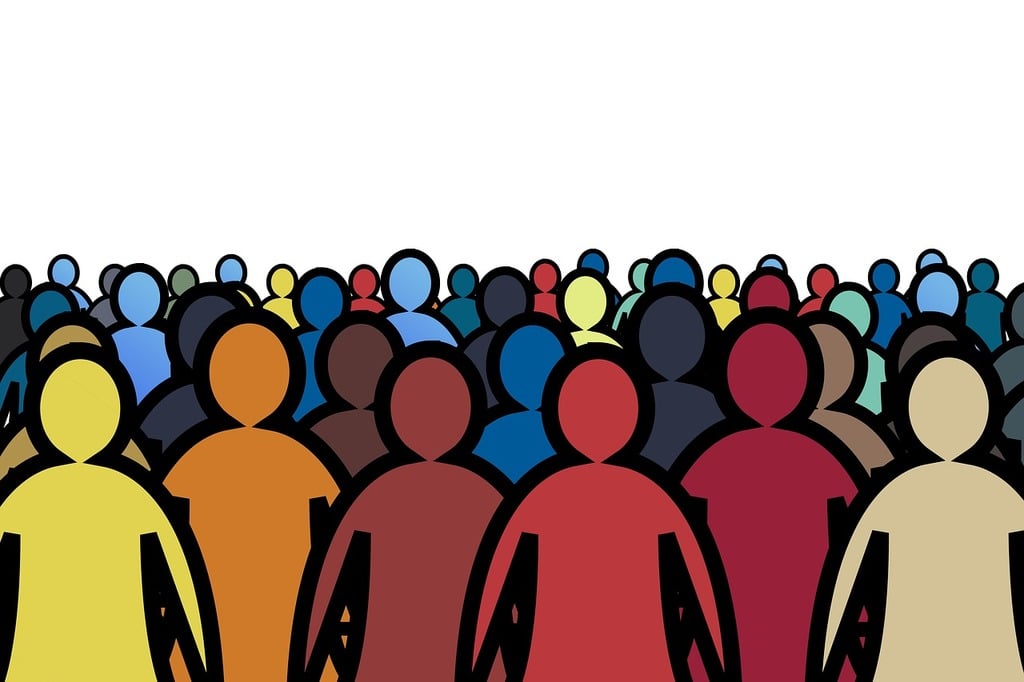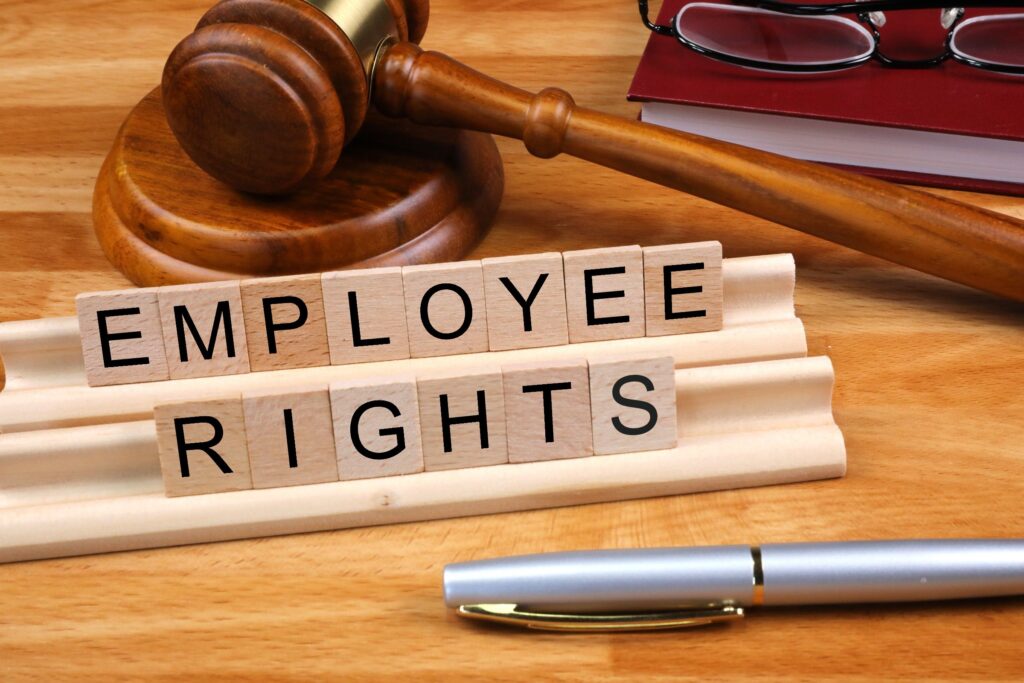Have you ever checked your bank statement after shopping, only to notice a retailer charged you twice for the same purchase? It’s an unnerving discovery that can leave you frustrated, confused, and even anxious about your financial security. Double-charging happens more often than you might think, especially in a world dependent on fast electronic payments. But don’t worry—with a calm approach and the right strategy, you can resolve the problem efficiently and even turn it into an empowering learning experience.
Let’s walk through everything you need to know—what double-charging is, why it happens, and most importantly, what practical steps you should take if a retailer charges you twice.
Understanding Double-Charging: What Is It and Why Does It Happen?
Double-charging occurs when a retailer processes two payments for the same transaction, resulting in you paying twice for a single item or service. While the amounts are usually identical, sometimes one charge may be a pending hold or slightly different due to fees.
Common Reasons for Double Charges
- Technical glitches: Point-of-sale system errors, slow internet connections, or payment gateway hiccups can cause duplicate transactions.
- Human error: The cashier might inadvertently swipe your card twice or process your payment multiple times.
- Delayed transactions: If the first transaction didn’t prompt a receipt or confirmation, a second attempt might go through, duplicating your purchase.
- Pre-authorization holds: Hotels, gas stations, and car rentals may place a hold on your account, with the final charge posting later—sometimes leading to confusion with double billing.
Knowing these causes helps you stay calm—it’s usually a fixable mistake, not a malicious act.
Step 1: Confirm the Double Charge
After spotting two charges, don’t panic. Start by checking:
- Date and time of transactions: Are they exactly the same, or just similar?
- Amount charged: Do both entries list the same purchase amount?
- Other possible purchases: Could you have made a second, legitimate purchase at the same retailer?
Sometimes, what appears to be a duplicate is simply a pending transaction or an unrelated purchase.
Step 2: Gather Documentation
Before you reach out for help, organize your evidence. You’ll need:
- Receipts: Both physical or digital. Your purchase confirmation is invaluable.
- Bank account or credit card statement: Highlight the duplicate charges for reference.
- Any communication with the retailer: Emails, texts, or store chat logs are helpful if you’ve already contacted them.
This step saves time and demonstrates you’re prepared if the issue escalates or if your bank requests proof.
Step 3: Contact the Retailer Directly
Most double charges are resolved quickest by talking to the retailer.
- Call or visit the store: Ask to speak with a manager or someone in customer service. Calmly explain the situation and provide your evidence.
- Online purchases: If you shopped online, use the company’s “contact us” form or customer support email.
- Be patient but persistent: Mistakes happen, but reputable retailers want to maintain their good reputation and customer relationships.
Often, the retailer can reverse one charge, issue a refund, or correct the billing issue on the spot.
Step 4: Contact Your Bank or Credit Card Provider
If the retailer isn’t helpful, or if you don’t receive a timely resolution, it’s time to get your bank involved.
- Call your bank’s customer helpline: Most banks and credit card issuers have a dedicated dispute resolution team.
- Report unauthorized or duplicate charges: Clearly specify which transaction was a duplicate. Provide supporting documentation.
- Request a chargeback or dispute investigation: Banks will open a case, investigate, and often grant a temporary credit while they resolve the matter.
Card networks like Visa, Mastercard, and American Express have powerful consumer protections for mistaken or duplicate charges. The sooner you report the issue, the faster you’ll be reimbursed.
Step 5: Track Your Dispute and Follow Up
Once you report the double charge, keep an eye on your account and communication channels.
- Record your case number: Banks and retailers usually provide this so you can track progress.
- Note follow-up dates: If you’re promised a refund within “5-7 business days” or “two billing cycles,” set reminders.
- Check your statement regularly: Ensure the refund posts as promised. Mistakes in reversal can happen, especially with multiple layers of processing.
Step 6: Prevent Future Double Charges
Protect yourself from repeat incidents with a few smart habits:
- Double-check before approving payments: Watch for payment confirmations and don’t rush to swipe or tap again.
- Sign up for transaction alerts: Most banks can send real-time updates with every card charge.
- Use digital wallets when possible: Mobile payment apps often provide an extra layer of verification.
- Keep your receipts until statements post: This makes it easy to compare charges against your purchases.
Staying alert keeps your finances safe and helps you react faster if something goes wrong.
Frequently Asked Questions About Double Charging
Will I Automatically Get My Money Back If I’m Double-Charged?
Not always—you usually have to report the issue, either to the retailer or your bank. Passive waiting can delay your refund.
Is Double Charging Illegal?
It’s generally considered a billing error, not fraud. But if a retailer repeatedly refuses to correct billing mistakes, you may have grounds for a formal complaint.
How Long Does It Take to Get a Refund for a Double Charge?
Refund timelines vary. Retailers may refund immediately in-store, while banks can take 7–14 business days during formal dispute investigations.
Special Tips for Tier-1 Country Shoppers
Living in the U.S., U.K., Canada, Australia, or other Tier-1 countries means you enjoy strong consumer protections. Leverage these to your advantage:
- Use credit cards for shopping: They offer better dispute resolution and zero-liability policies.
- Know your rights: Most countries have regulations mandating error correction and transparent dispute handling.
- Don’t be afraid to escalate: If both the retailer and your bank fail to address your concerns, you can contact consumer protection agencies or ombudsmen.
Conclusion: Take Charge, Don’t Panic
Being double-charged by a retailer is annoying, but it’s usually resolvable with a systematic approach. Stay calm, gather your evidence, and be proactive in seeking a refund. Remember, both retailers and banks want satisfied, loyal customers—they have systems in place to correct billing errors swiftly.
Ultimately, the power is in your hands. Monitor your accounts, act quickly, and never be afraid to stand up for yourself. Your vigilance protects your wallet and helps hold businesses accountable.
Ready to Take Action?
If you spot a double charge, don’t wait! Start with your receipts, contact the retailer, and involve your bank if needed. Share this guide with friends and family—empowering them to handle payment issues confidently!
